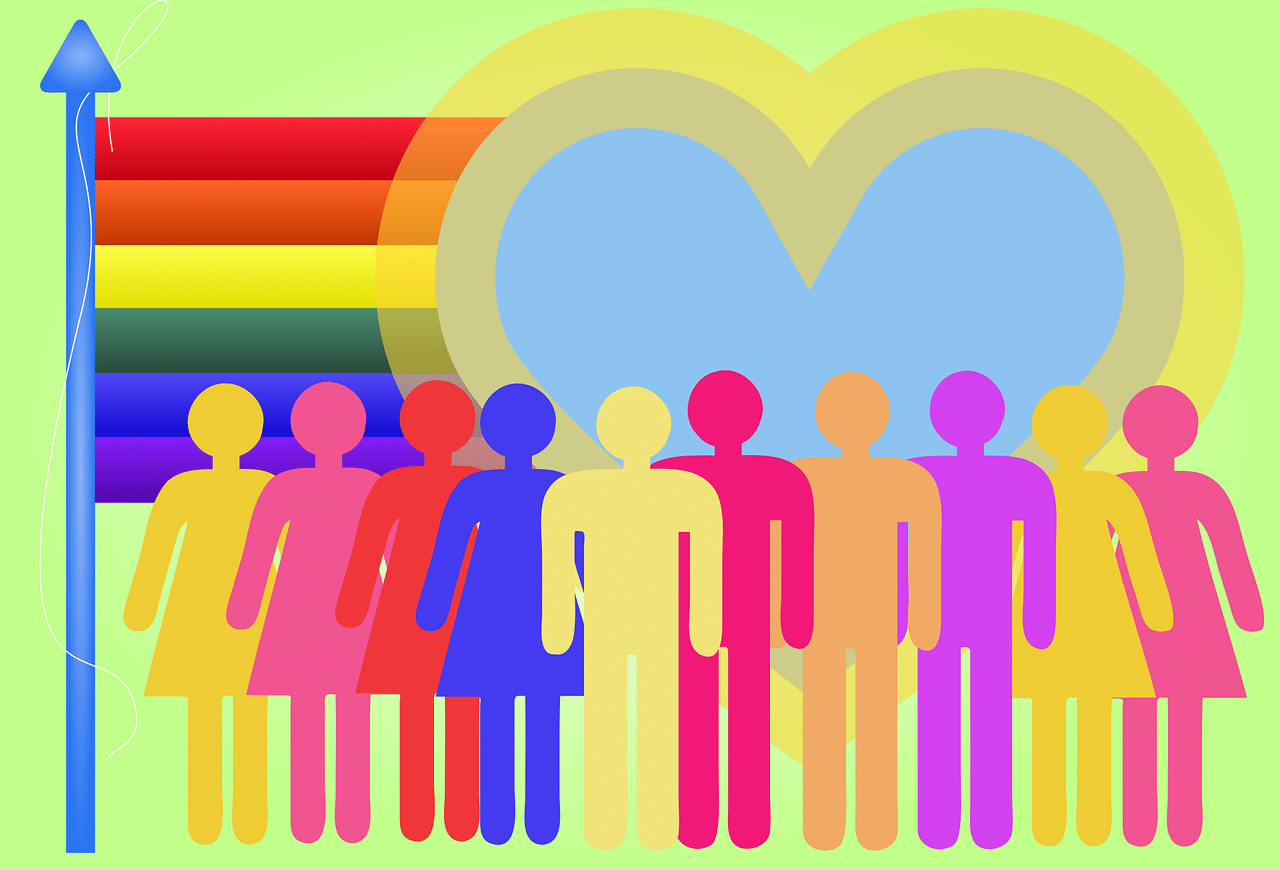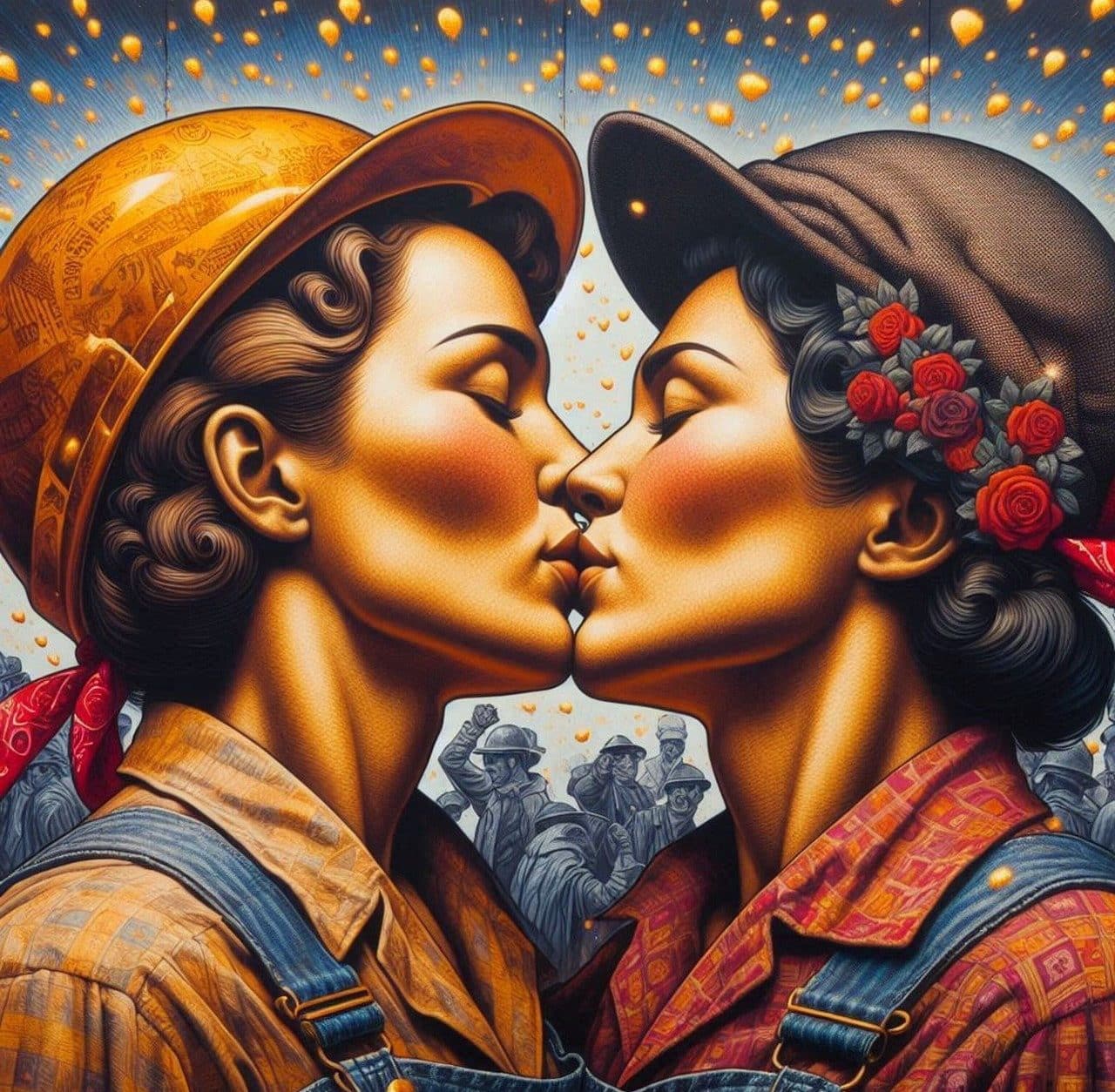
Marriage equality reflects an acceptance of gender diversity.
Gender diversity is a concept that refers to the plurality of ways of understanding and assuming the roles, attributes and behaviors linked to sex and sexual orientation . These are issues related to culture and the social, which transcend the biological.
Gender diversity goes beyond binary classifications (men/women, heterosexuality/ homosexuality ) and recognizes many other types or categories. In this way, the notion opposes gender discrimination and at the same time aims to promote respect for all people regardless of their gender identity.
Characteristics of gender diversity
To understand what gender diversity is, it is first necessary to analyze several terms.
Gender is a set of traits and properties that a community assigns according to biological sex (that is, the characteristics of biology that are taken into account to differentiate between females and males in the human species). Although society determines this assignment, each person may feel identified with one group or another, with more than one, or even feel no identification with any. Gender identity , thus, is the result of one's perception of one's own gender .
Gender identity , in turn, is added to the gender role (a construction derived from the behaviors and attitudes that are considered appropriate for women and men) and sexual orientation (erotic or romantic attraction) for the development of sexual identity . As can be seen, this identity does not have to do with genitality either.
For a long time, the Western world was governed by a binary division between femininity and masculinity . Over time, non-binary thinking was strengthened and a new history of gender diversity began to be forged, accepting the existence of a heterogeneity of identities.
Gender diversity, in this way, is based on a wide range that challenges social conventions and aims to represent the greatest possible number of experiences . Its acceptance and defense favors free expression and promotes inclusion .

Education in gender diversity is essential to build a tolerant and inclusive society.
The construction of identity
Gender awareness is essential to understand that identity is constructed and is not given by nature. This forces us to break down gender stereotypes and abandon the naturalization of cisgender identity and heterosexuality , since this supports the consideration of the practices of cis and heterosexual people as "normal."
It should be noted that cisnormativity is the belief that, as a rule, all women and men are cisgender (that is, that their gender identity coincides with the sex assigned at birth). Sexual and gender diversity rejects this approach, maintaining that such a norm is not natural.
Various reasons of different kinds can lead a person to develop a non-binary identity or to express themselves through practices that can be classified as non-normative. If diversity is not accepted, these individuals tend to be stigmatized and marginalized.
Gender activism highlights that biological characteristics associated with reproductive functions do not determine social behaviors. Therefore, based on the construction of their identity according to their own will, each human being has the right to choose how to recognize themselves and how to express themselves . He must also have the power to choose and declare who constitutes the object of his desire.

The recognition of gender diversity in history went through different stages.
Examples of gender diversity
We can detail examples of gender diversity by reviewing some of the numerous identities in which a person can recognize themselves.
A transgender individual develops an identity that does not match the characteristics traditionally associated with the sex assigned at birth. Simplifying, a transgender or trans man feels like a woman (and vice versa).
Someone who considers themselves queer , meanwhile, adopts an identity that does not fit with accepted rules of gender and sexuality . The idea of gender fluid , on the other hand, refers to those who make transitions between two or even more genders, either temporarily or permanently.
If we focus on sexual orientation, a bisexual subject experiences sexual attraction to women and men; someone who is pansexual is attracted to other human beings beyond their gender or sex; and an asexual does not have any kind of sexual desire or attraction.
Regarding biology, conditions such as intersexuality appear (people whose bodies do not exactly match what is defined as feminine or masculine) and androgyny (feminine and masculine traits in the same body).
Its importance
Recognizing and accepting gender diversity can be considered a moral issue: no person should be discriminated against because of how they recognize themselves . Nor by the way he expresses his identity.
Such recognition is unavoidable to advance the defense of LGBT+ rights and a historical claim of feminism : gender equality (also understood as gender equity or gender parity ). Just as gender policies must contribute to the empowerment of women to end patriarchy, all identities must be in a position to be empowered.
It cannot be overemphasized that diversity in the workplace and in other areas is positive since it broadens perspectives and enriches coexistence. Of course, tolerance and empathy are essential for harmony to exist.
